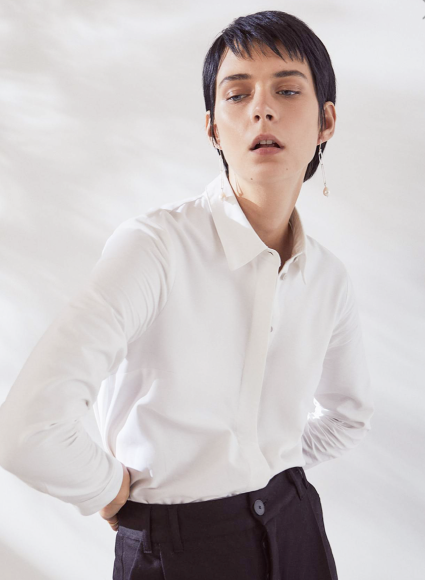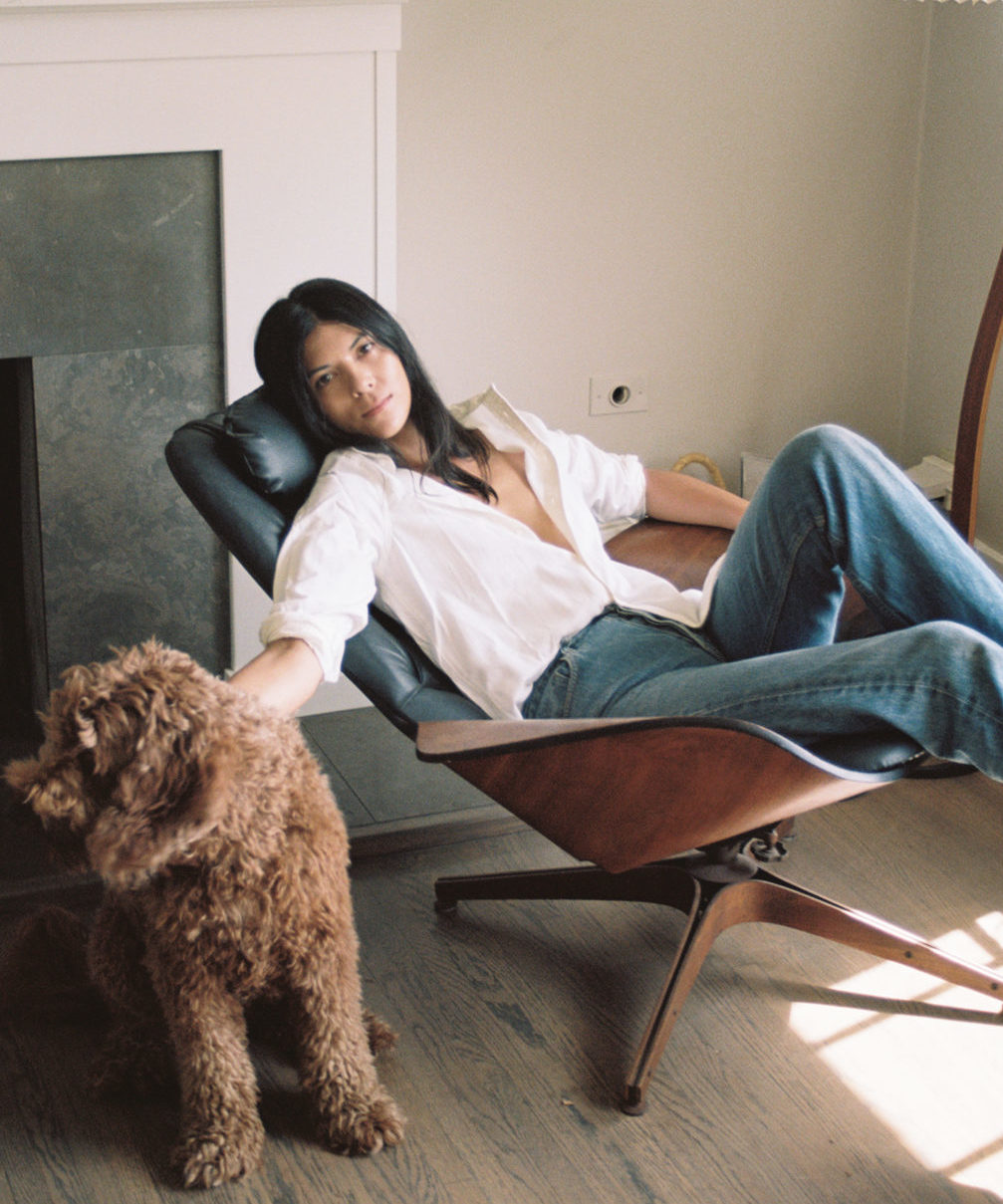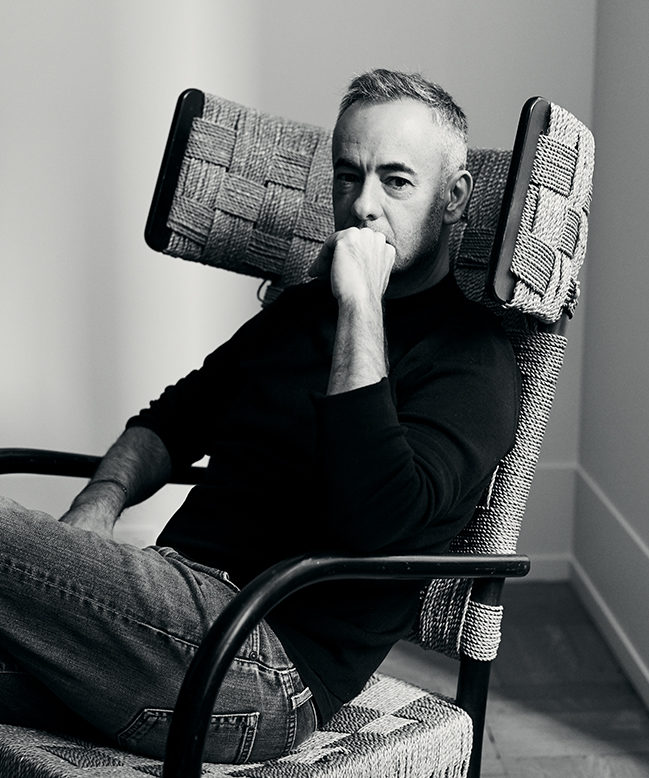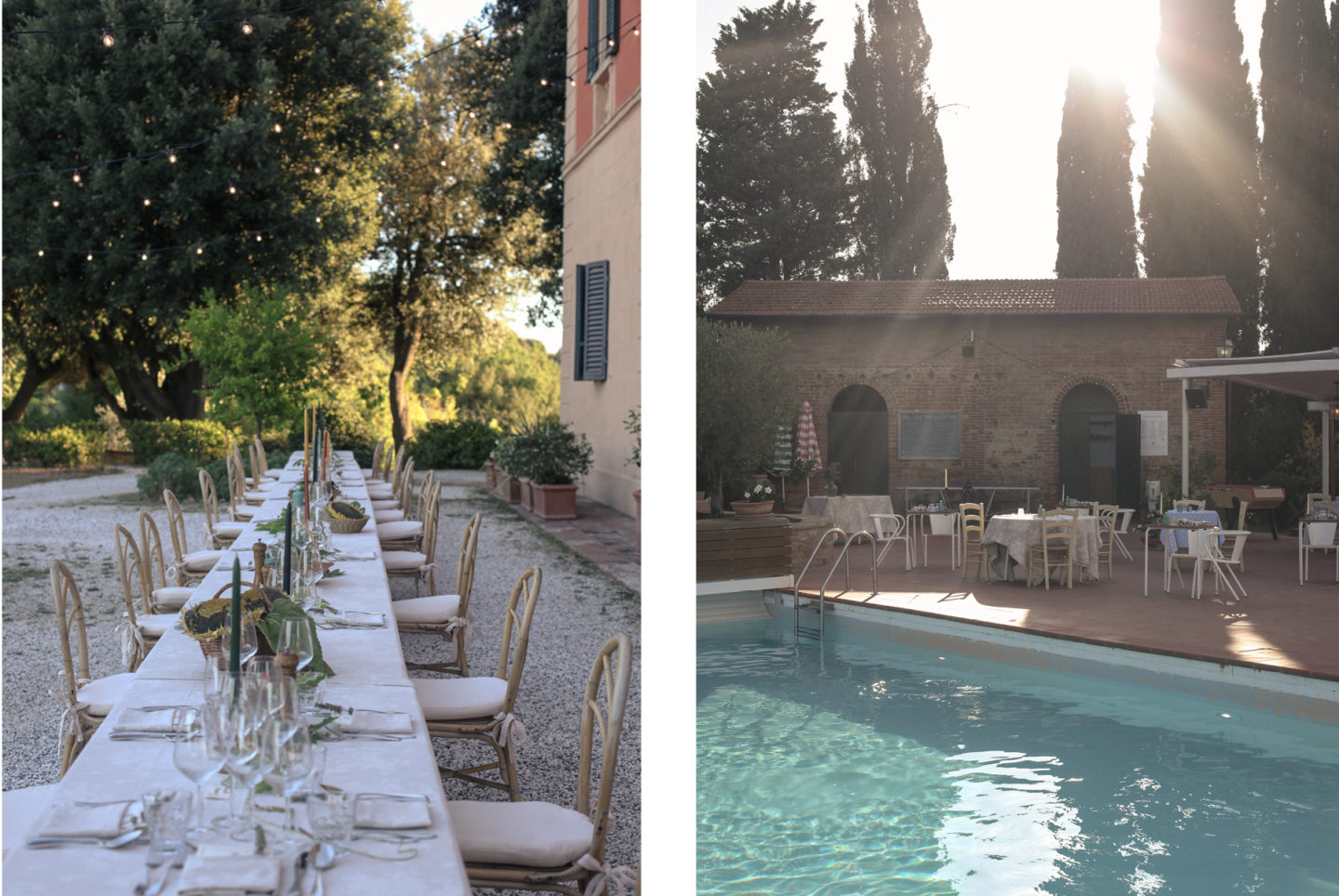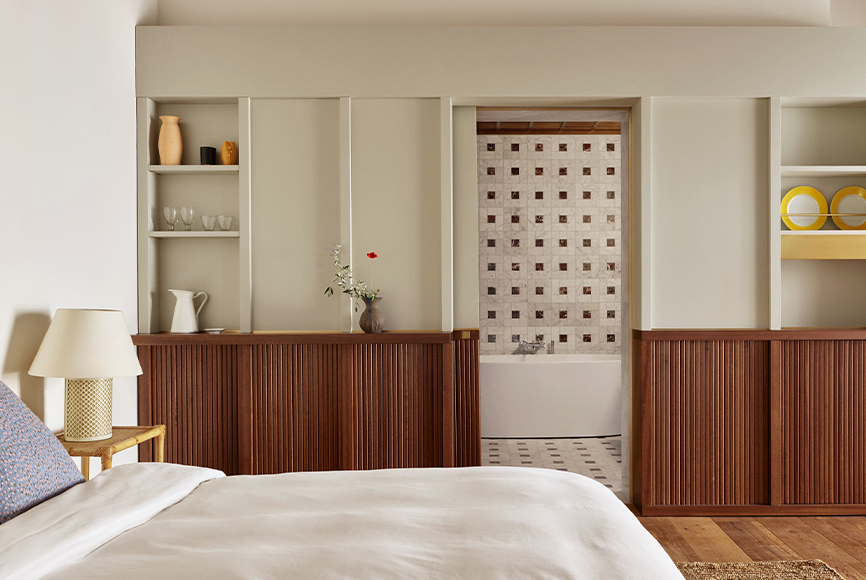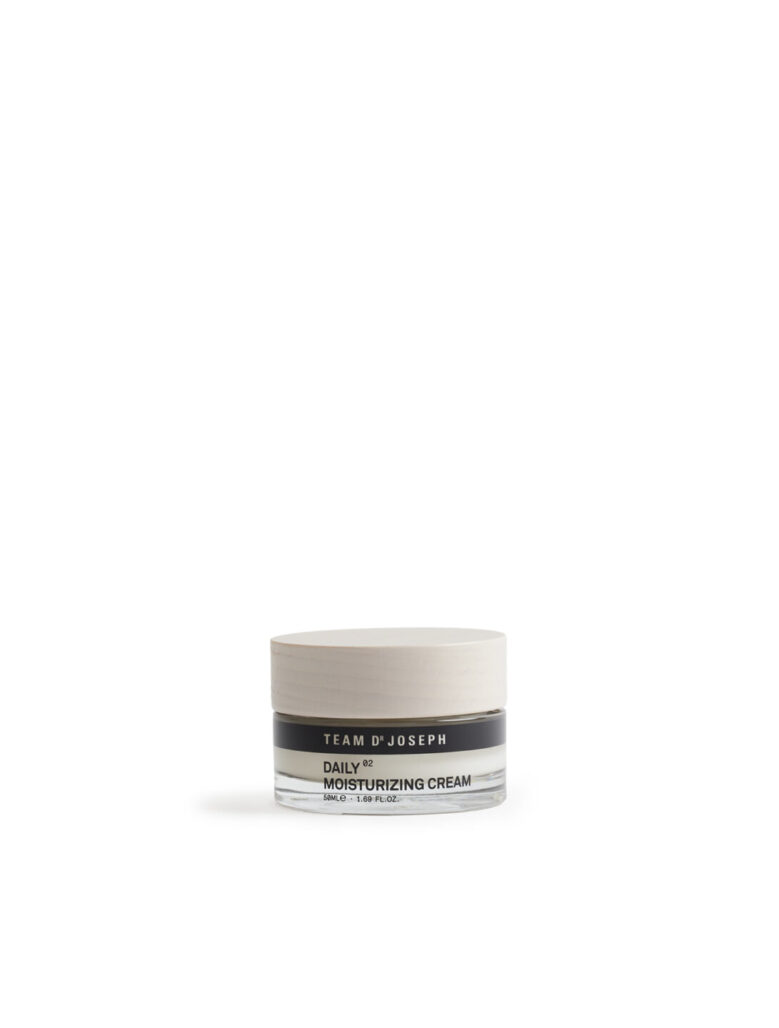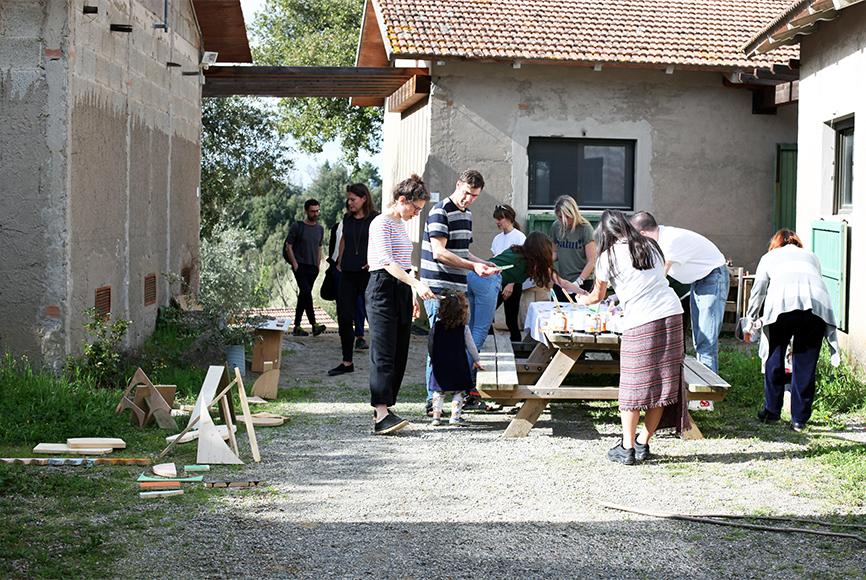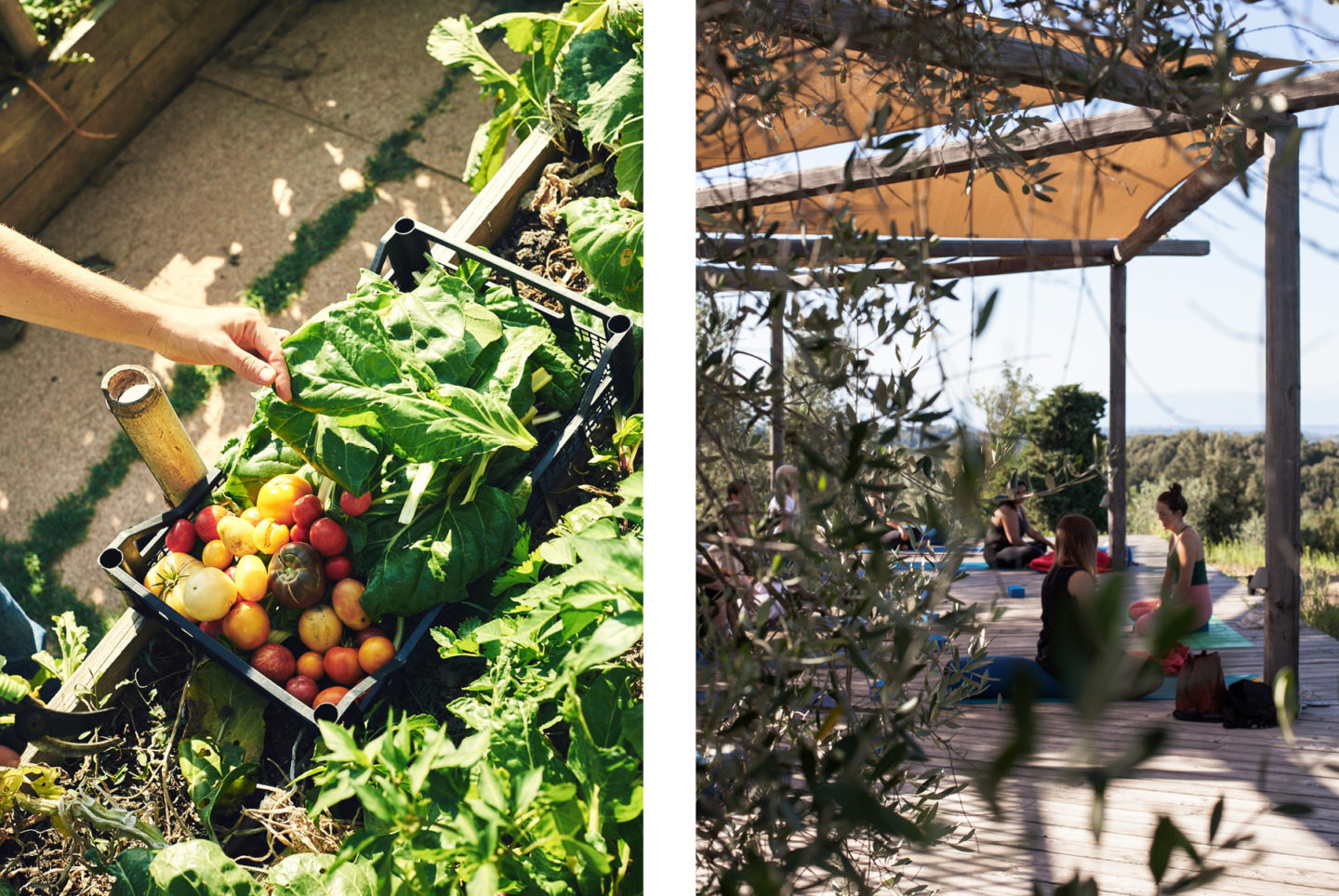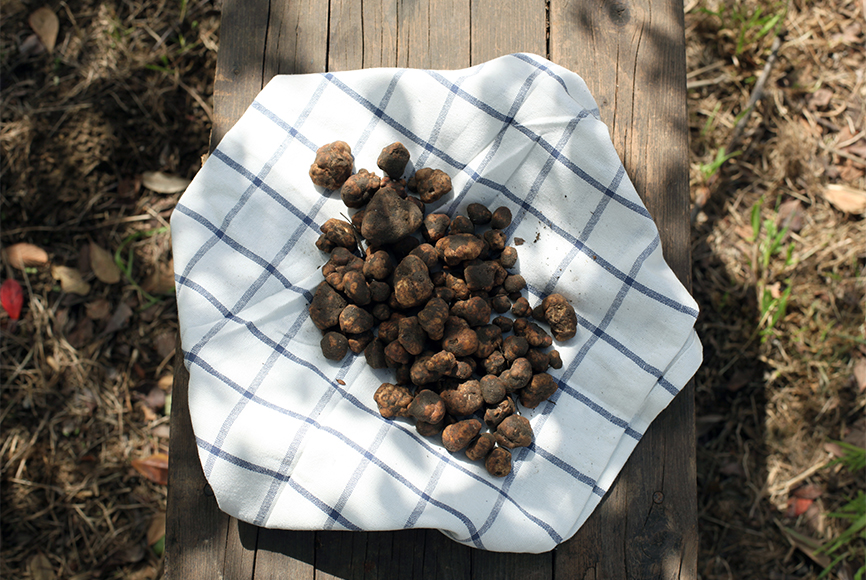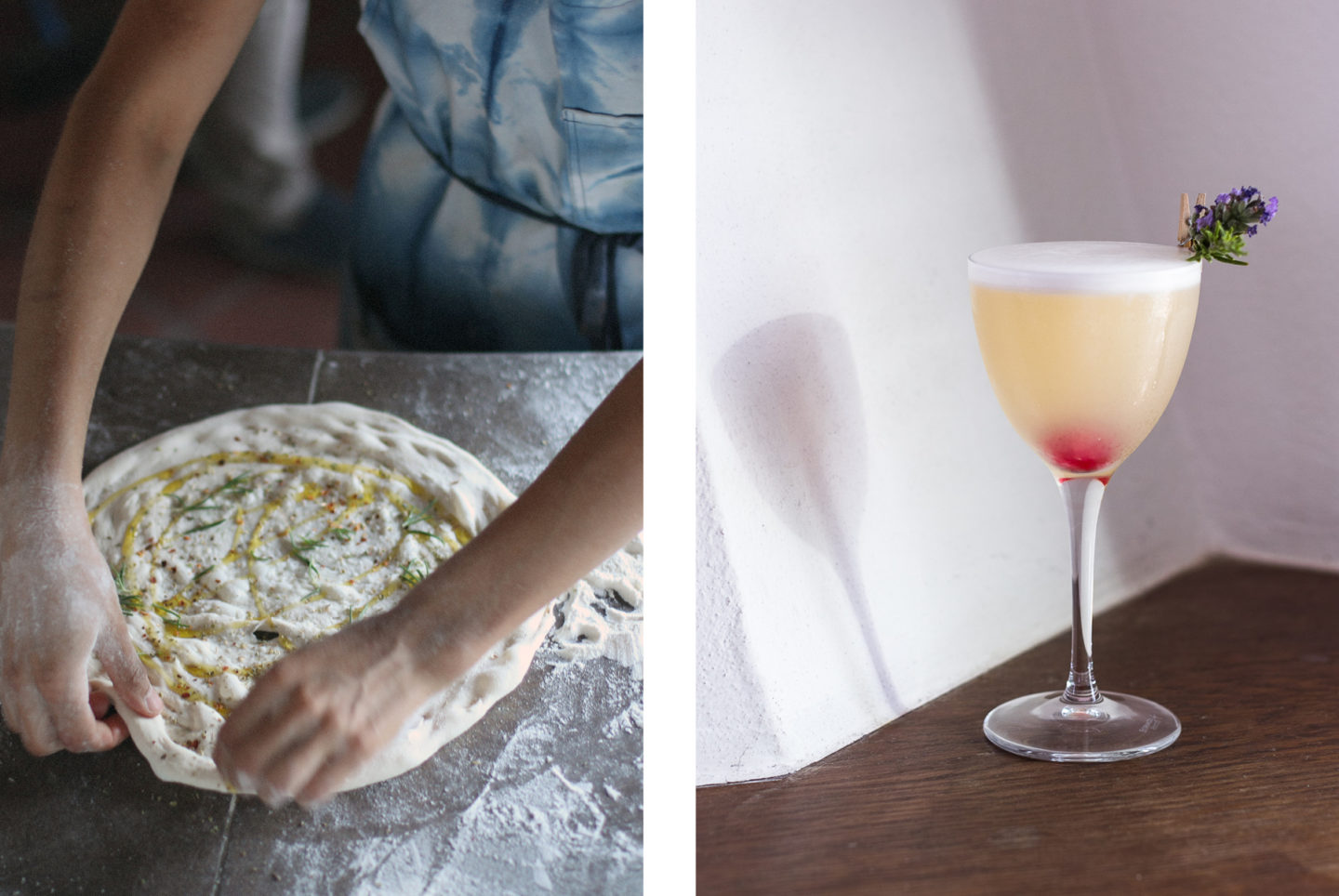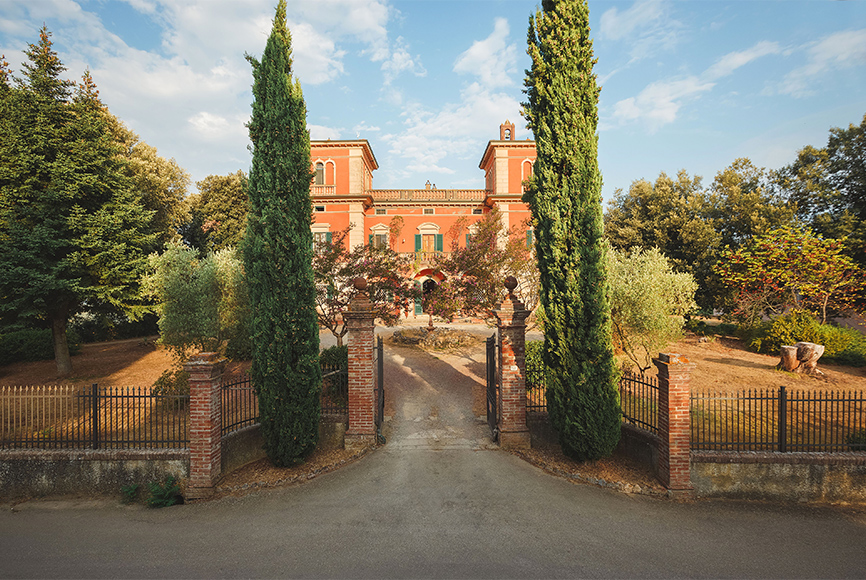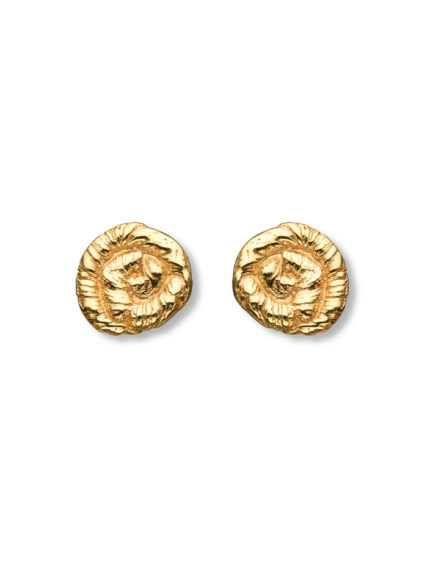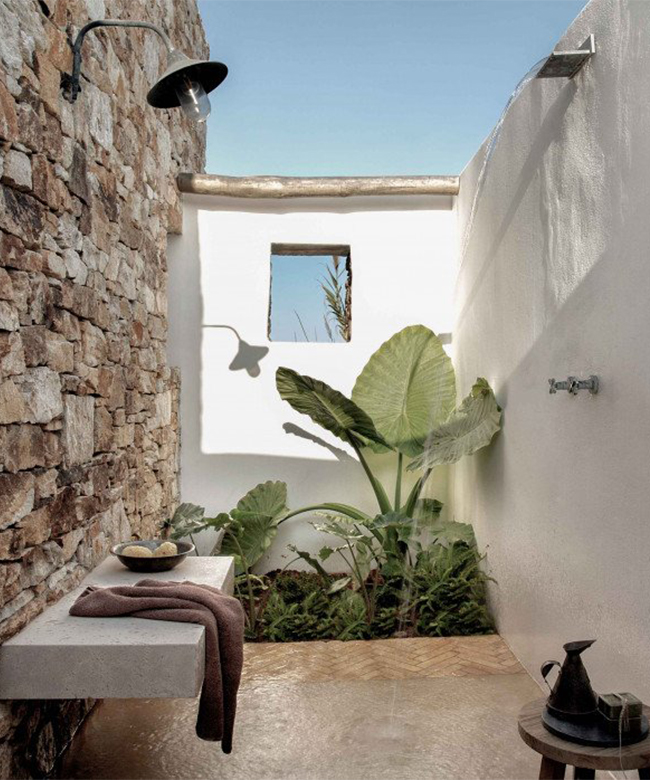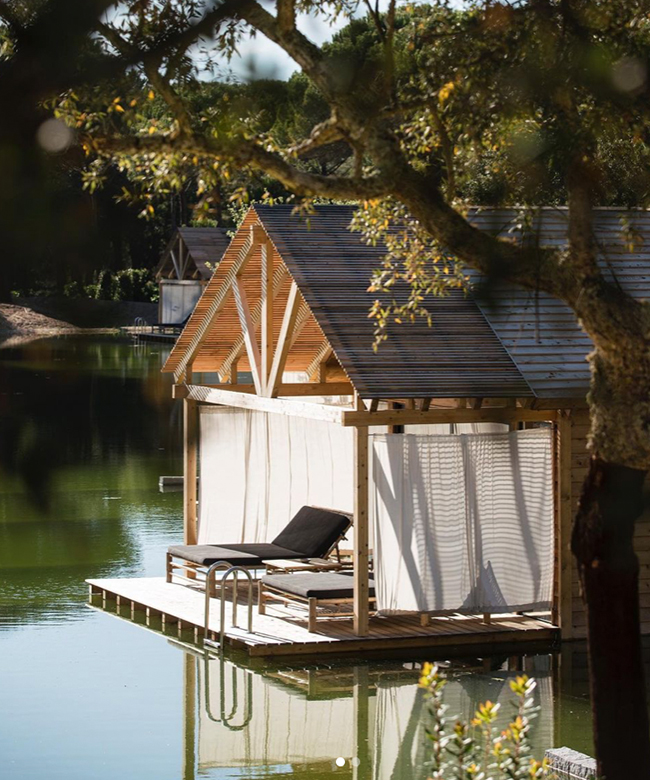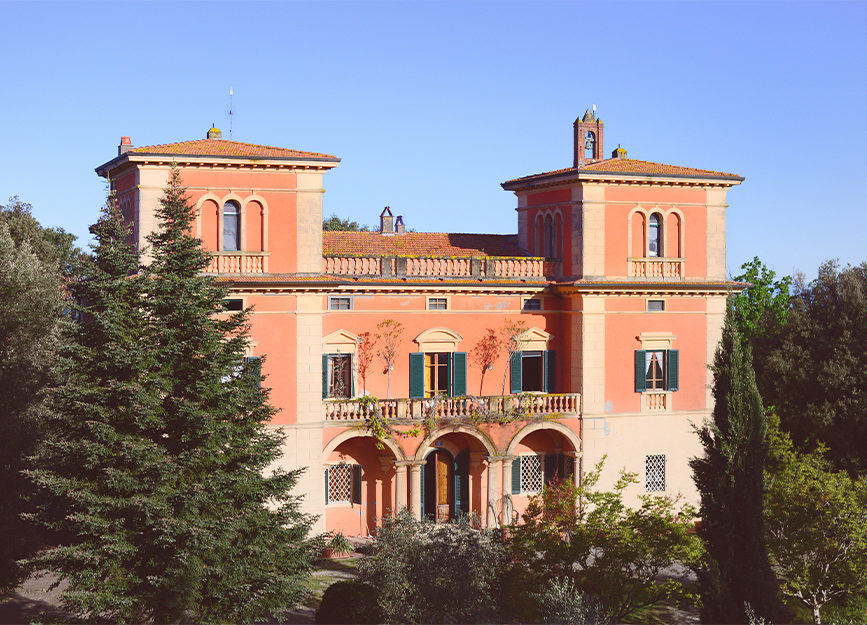

Niklas Adrian Vindelev
Hesselbrand ©Art Direction - Victor Melchior Olsson and Photography - Henrik Lundell
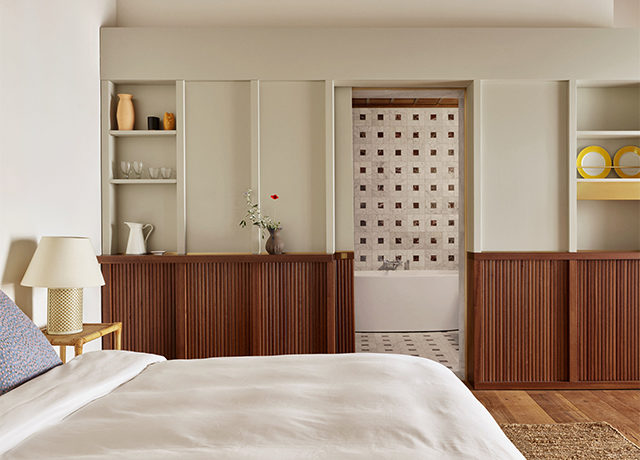

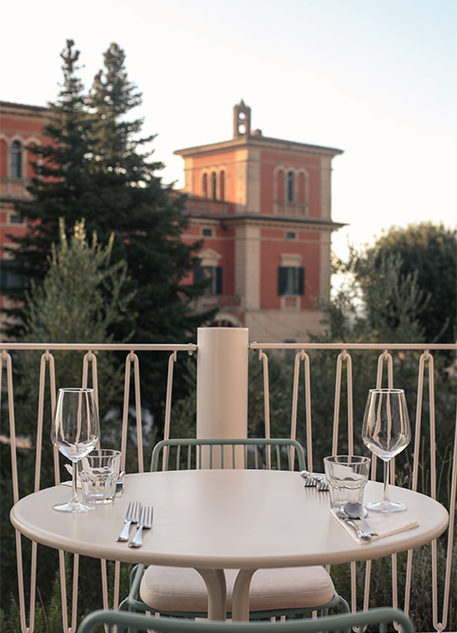

Lottie Hampson
Travel
Our Eco Hotel Series: Villa Lena’s Agriturismo in Tuscany
We at REV believe that ecotourism can be a force for good despite the issues around travel being very unsustainable in so many ways…it can open our eyes to different cultures and ways to approach supporting local business and ethical ways of operating. We are thrilled to launch this series featuring some of the world’s top eco hotels and exclusive interviews with their founders about how they are trying to be a force for good in their local communities and environment. And to be the benchmark of sustainable Agriturismo in Italy.
This article brought to you by our friends at Villa Lena a luxury Agriturismo farmhouse in Italy.
“Villa Lena cultivates nature and culture, exemplifying a new way of living and holiday experience. The artist residency of the Villa Lena Foundation co-exists on the Villa Lena Estate. Alongside guest accommodation, farm-to-table restaurants, and agricultural domains.”
First of all, can you introduce Villa Lena and your mission with it?
Villa Lena cultivates nature and culture, exemplifying a new way of living and holiday experience. The artist residency of the Villa Lena Foundation co-exists on the Villa Lena Estate. Alongside guest accommodation, farm-to-table restaurants, and agricultural domains.
What’s the history of the building and land?
The Villa Lena estate is located in the Province of Pisa. Secluded amongst 500 hectares of woodland, vineyards, olive groves, and organic vegetable gardens. Villa Lena is also situated on the St Michael Ley Line. A mysterious imaginary route that links seven monasteries from Ireland to Israel. These seven sanctuaries are very far from each other, yet they are perfectly aligned. The estate was purchased in the 19th century by an Italian aristocratic family, Augusto and Tereza Del Frate. The neo-Renaissance villa was completed in 1890, and a family member completed the frescoes. With some female family members immortalized on the ceilings. Surrounding the villa, converted historic agricultural buildings—former farmhouses, stables, and hunting lodges—house guest rooms, apartments, and shared facilities.
You talk about the hotel as being a benchmark of sustainable agriturismo in Italy – can you tell us a bit about what this means and how you work towards that?
Sustainability isn’t merely a lifestyle choice here at Villa Lena, it is at the absolute heart of what we do. Over the past 6 years, we have made a conscious effort to invest into both large and small changes in order to be sustainable. From solar panels and large water recycling plants to no longer using any single use plastic. Committing to big infrastructure changes at the beginning can be difficult. So in terms of advice, it is important to start from small everyday choices, avoiding plastics could be a good beginning. Using sustainable suppliers and supporting local communities is another way to be sustainable and reduce footprint.
What is the Villa Lena Art Foundation and your pursuits with that?
The Villa Lena Foundation is a not-for-profit organization dedicated to supporting international contemporary artists working in art, music, film, literature, fashion and other creative disciplines and fostering opportunities for multi-disciplinary dialogue. The element of collaboration and exchange is one of the founding principles of the Foundation, with the hope that by bringing together different areas of practice, we will generate new creative outlooks, unparalleled research and exciting new impulses.
How do you think creativity can lead to sustainability?
Being creative can help finding alternative solutions to our daily needs. Whether a guest, artist, or employee, we aim for you to leave us with a renewed sense of purpose and heightened respect for nature, a passion for using creativity to inspire others, and an appreciation for the slower things in life. Social sustainability is just as important to us as our environmental responsibilities, and an example of this are Artist residencies at Villa Lena, which are fully committed to supporting our community through workshops and incredible artistic experiences.
“Sustainability isn’t merely a lifestyle choice here at Villa Lena, it is at the absolute heart of what we do. Over the past 6 years, we have made a conscious effort to invest into both large and small changes in order to be sustainable – from solar panels and large water recycling plants to no longer using any single use plastic.”
How much is nature incorporated into a stay at Villa Lena?
Villa Lena is surrounded by 500 hectares of untouched nature, and the preservation of this area’s natural landscape is extremely important for us. Specifically, preserving the fantastic wild area around Villa Lena contributes to the incredible customer experience. Our farm-to-table restaurant is based on a seasonal approach, with the menu in constant change, showcasing nature’s bounty and giving our clients a very special experience of seasonal cuisine.
You have your own organic gardens – can you tell us a bit about the importance of this for you?
The menù of Osteria San Michele is mainly based on the production of our Organic Orto. The excellent quality of the raw material is essential, and that’s why the Villa Lena Organic Orto is at the heart of our restaurant philosophy. Our gardens are entirely organic and use the most sustainable methods available. We do not use pesticides but rely on biodynamic farming methods, and rainwater is irrigated from across the estate.
How do you make sure the menus at the hotel are reflective of this ethos of organic, local and seasonal?
Different seasons offer us different things—from peas, asparagus, and artichokes in the spring to heirloom tomatoes, juicy strawberries, and melons in the summer or figs, kale, cauliflower, and squash in the autumn. The annual cycle of bountiful produce provides our restaurant with fresh, sun-drenched veggies, underpinning our seasonally-led menus. Villa Lena Products – such as our red wines and olive oil – are inspired by the mystical and wild nature that surrounds it. Everything is produced locally, paying extreme attention to the preservation of the nature surrounding the estate and the support of local small businesses and producers.
Are there any other ways you have looked at sustainability for the hotel that you feel are unique?
Small details can make a difference: starting from recycling is important and easy at the same time. Start small and then work on bigger plans to change infrastructure.
A good example would be – We have air conditioning in our rooms, but we also have a sensor that stops the air conditioning when someone opens the window: this is an effortless choice to reduce energy waste and consumption.
At Villa Lena, waste is sorted and recycled according to stringent regulations. Organic food scraps to feed the pigs and our compost, which feeds the gardens that feed our guests! Therefore, we endeavor to minimize the amount of waste sent to landfills following the classic 3 Rs – Reduce, reuse, recycle.
At Villa Lena, you can’t find single-use water bottles. Instead, we filter our natural water source, meaning drinking water is available straight from the taps and a small bottling plant, enabling us to have sparkling water in reusable glass bottles.
What do you personally look for when you travel elsewhere?
I look to stay in sustainable structures, with a philosophy that aligns with Villa Lena. Being sustainable is more than a trend. In the world we live today, it is our responsibility to build a sustainable future and business. In the hotel sector, the conscious use of resources is essential. The success of hospitality businesses is dependent on their ability to preserve the natural and cultural features that entice travelers to visit their regions. Failure to do so has consequences.
Finally, can you give us your top three tips for sustainable travel?
Always support local businesses. As we do at Villa Lena, think globally, but act locally also while you are traveling. Choosing local products and services is significant for communities, a very sustainable, kilometer-zero choice. It is also important to slow down and explore a country or a city in-depth, being able to get off the beaten path and the overcrowded tourist places. Approximately 8% of the world’s carbon emissions are caused by travel and tourism. In general, planes and cars are the least efficient modes of transportation. Travel by train or coach to cut your emissions while soaking in the scenery when vacationing to closer destinations.
To learn more about sustainable Agriturismo in Italy or learn more about the Villa Lena, follow them on Instagram @villalena
Learn more about Regenerative Travel on REV On Air!
If you like this Travel Guide…
And want to learn more about Agriturismo or Sustainable travel, check out these editorials:












